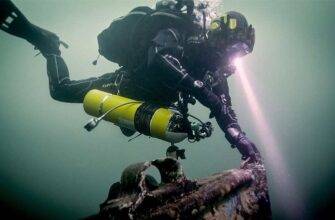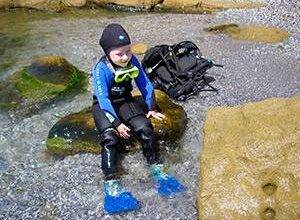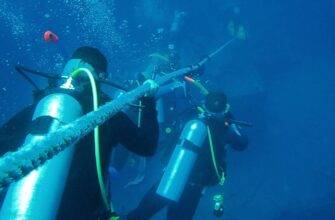In general, the salinity of one particular water body can vary very little, and the difference between different water bodies can be very large: from almost zero values in river mouths to 40%o and higher in more or less enclosed water bodies located in tropical desert areas (the Red Sea is a striking example).
The proportions of different salts in seawater are constant, only their concentration in the water changes. Salinity changes when fresh water enters the ocean. fresh water (rain or river runoff) or when the water evaporates.
For example, brackish water forms in estuaries when fresh water mixes with sea water. Brackish water has a salinity 0.6 to 30%. A very salty solution – saturated or close to saturation – is formed in places where fresh water does not enter and evaporation is high, or where there are thick layers of salt on the bottom, as in the Gulf of Mexico.
Just as in the case of temperaturethe amount of salinity and its sudden changes have a dramatic effect on the survival of organisms.
The effect that changes in salinity have on aquatic plants and animals is related to their own internal chemical balance.
The salinity of the internal body fluids of all aquatic plants, invertebrates, and most fish approaches the salinity of the water in which they live.
Read More:




